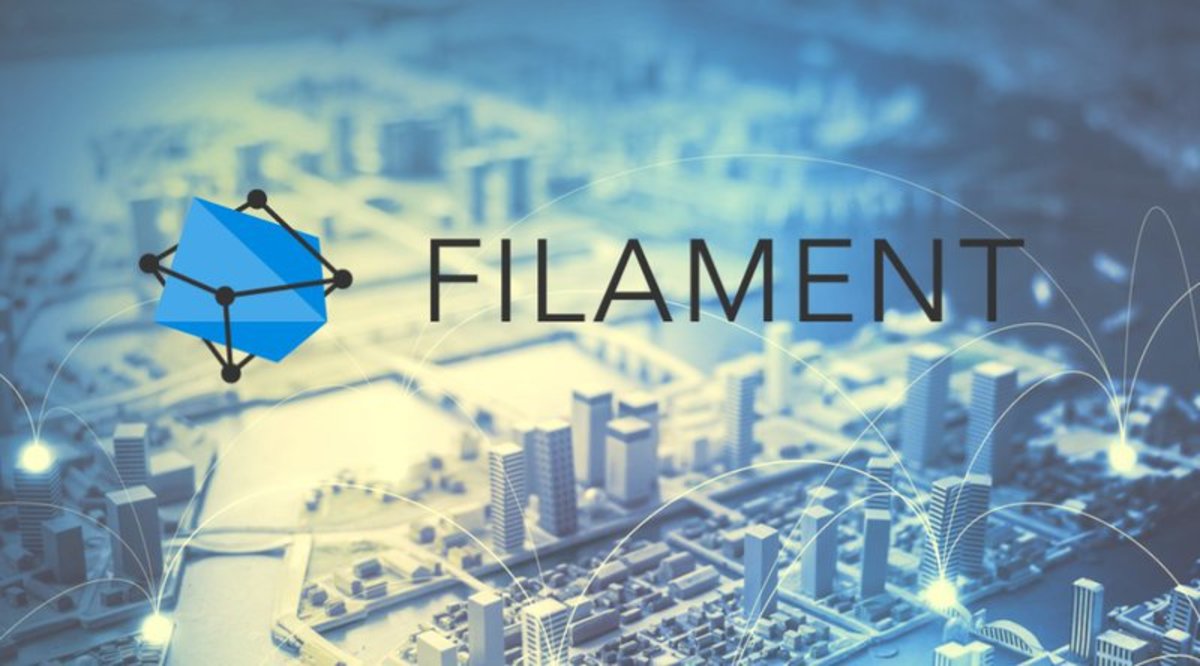
For Allison Clift-Jennings, her interest in blockchain technology was fueled by some research she was engaged in around three disciplines that have long intrigued her — philosophy, economics and technology. She first began printing out the various research papers and writings of people who were in a similar exploratory mode — people like David Chaum, Ryan Fugger and Ian Grigg — back in 2005.
“I had this strange drive to try to unify — in my own head — these different disciplines and see if there was something that could come from it. I still have the binder of these early explorations, along with my own notes, and it’s fun to revisit from time to time,” said Clift-Jennings in an interview with Bitcoin Magazine.
With a degree in computer science from the University of Nevada, Reno, Clift-Jennings says her work over the years has been highly informed by systems theory: “My interest in this discipline is really a graduation of sorts, from the earlier work being done within the cryptocurrency, cypherpunk, counter-economic and distributed systems fields. Systems theory has served as a resolution to my mind’s drive to unify all these different disciplines.”
Now, as the CEO of Filament, a company firmly entrenched within the Internet of Things (IoT) movement, her efforts focus on fusing and connecting legacy, industrial infrastructure with blockchain technology. She says that 70 percent of the existing machines and infrastructures running in various industrial verticals such as mining, oil and gas, manufacturing, aerospace and the like are all currently disconnected today.
“Filament focuses on this infrastructure, to make it smart and connected. We provide a hardware and software platform that provides this functionality. And we utilize a pretty novel economic stack that allows devices to self-enforce their own contractual agreements between parties.”
Continues Clift-Jennings: “Some call this an on-device, off-chain smart contract platform. I like that definition — though it’s important to clarify that these contracts do not run in a blockchain — they merely verify inputs and outputs via a blockchain. This protocol stack is called Blocklet.”
Filament is a platform to deliver the ubiquitous connectivity of Telehash with the economic “transact-ability” of Blocklet directly to machines in the industrial IoT space. This is where things get interesting.
Blockchain technology is in the early stages of playing a major role in IoT’s advancement by boosting security and allowing myriad types of devices greater utility and ease in management. Tech firm IBM is one of a handful of companies at the forefront of this movement. For example, the IBM Watson IoT blockchain enables IoT devices to participate in transactions. By utilizing the Watson IoT Platform, it is now possible for device information such as that relayed through RFID-based locations, barcode-scan events or data device aggregators to be integrated with the IBM blockchain.
The alignment of blockchain technology and IoT is also allowing for advancements in terms of supply chain systems optimization, digital passports for proof of authenticity and origin, and auditable records. The effective curation of this information provides ease of sharing with regulatory agencies and insurers.
But perhaps the biggest value proposition for blockchain technology in this entire equation is security. “Indeed, security used to be the fourth or fifth question prospective customers would ask us. Now it’s the first or second — and for good reason,” says Clift-Jennings.
For Filament, that means security and privacy for IoT devices absolutely must start at the hardware level. Clift-Jennings says that it is inexcusable in 2017 for hardware to be made without secure elements or cryptographic key storage chips in them. “They are cheap, they are relatively secure and tamper-resistant. So there is no excuse not to include them.”
Once you have a secure method to store keys, and sign and encrypt data, then you can begin to build upon that, she adds.
Filament’s approach is to start with a secure element on each device — with a whole host of keys that get burned into a write-once or one-time-programmable (OTP) memory. Then Filament builds contractual agreements based on the JOSE standard before binding the capabilities of a device to these contractual parameters. Encrypting Filament’s firmware and on-device system thus ensures privacy and security while data is at rest on the device.
Telehash, an end-to-end encrypted P2P protocol, is the way the company secures and keeps private data in transit. Here, everything from device accessibility to firmware updating to on-device flash storage to even BLE packet communications and USB serial traffic is all encrypted, from end to end.
“[Telehash] really doesn’t care what network medium one is using,” Clift-Jennings notes. “So we can easily encrypt data coming off of a USB serial line (for instance, connected to a large manufacturing machine’s diagnostic port) and transport that data — secure and private — to an endpoint that might be in the cloud.”
Clift-Jennings says that the Telehash protocol is very good at minimizing, and in many situations eliminating, metadata, so that very little leakage of data occurs even when using encryption. This becomes very important, she asserts, for privacy concerns. As Michael Hayden, former director of the NSA and CIA, has stated: people are killed based on metadata.
Looking Ahead
According to Clift-Jennings, these are the four most interesting areas to follow over the coming year or two:
"First, digital currency will not be going away. Bitcoin will find its way somehow — it may be SegWit, it may be Unlimited. But it will likely not be where it is today. This is a good thing.
"Second, the first permissioned blockchains — probably based on Hyperledger — will begin to deploy within particular industrial verticals. Perhaps the National Mining Association will have one for mining, the National Association of Manufacturing for manufacturing and so on. Why industrial-specific? Because they all have different needs and requirements, and none (to my knowledge at least) are interested in using Bitcoin or Ethereum’s blockchain to distribute their trust.
"Third, another DAO will be attempted. This idea, while initially not a resounding success, is the right direction long-term. Giving birth to things is messy!
"Fourth, devices via the Internet of Things will become a new smart contract platform. I know this feels self-serving to Filament, but I just can’t imagine that devices will be as ubiquitous and powerful and voluminous as we expect, and we will be requiring all of them to run their contracts in a blockchain in the cloud. That doesn’t scale, it’s not performant and isn’t necessary. Devices only need blockchains to verify, not to execute."
Clift-Jennings says she’s also very excited for lightning network’s payment channels, as well as the early work being done to try to bring a fair payment/royalty framework to creative works — though she laments that it seems like a very, very hard problem to solve. “But if I were a pessimist, I certainly wouldn’t be in this industry!
“My hope for Filament for 2017 is that we will be able to talk about and — more important — show examples of our platform doing the things we describe, at scale, for customers.
“And as far as our long-term vision, it’s my hope that Filament’s platform — and others like it — will enable entire new ways of building and sustaining industry. So much of it we take for granted today, but if — through automation and attestation — we can cut industrial costs down significantly and make them more efficient, we will output less waste, will scale better, and we drive toward a future I think we will all prefer.”









